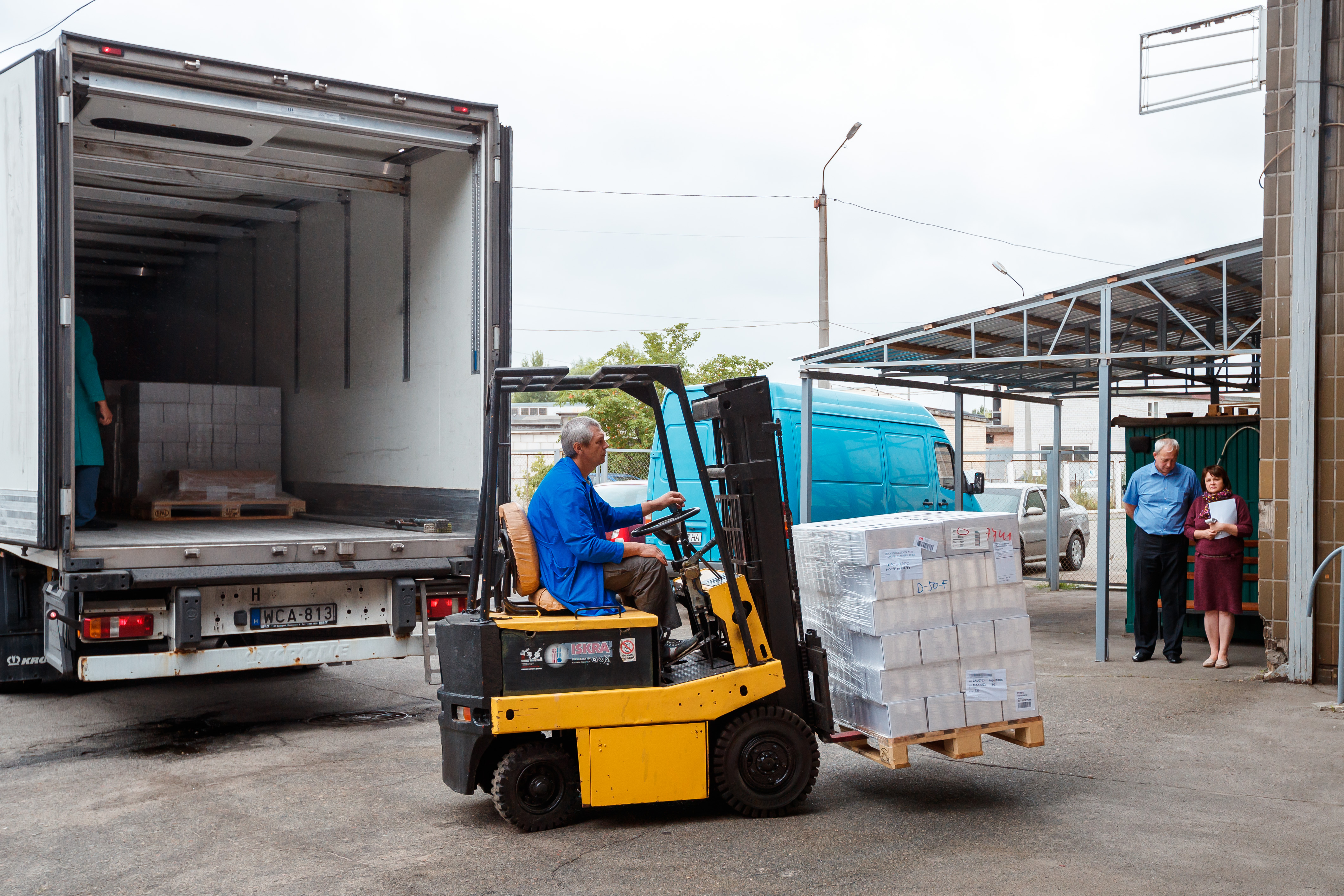Nationwide study reveals critical gaps in awareness and highlights key recommendations for effective communication strategies.

Kyiv, 4 April 2025 – A new study into Ukrainians’ behaviour and perception of explosive ordnance (EO) has revealed significant challenges in communicating mine safety to Ukrainians. The study, conducted by BBC Media Action under the projects of the United Nations Development Programme (UNDP) in Ukraine and Humanity & Inclusion (HI), in partnerships with the State Emergency Service of Ukraine (SESU), involved surveys, focus groups, and in-depth interviews across the country.
Funding for the study was provided by the governments of Japan and the Netherlands, and data collection took place between January and May 2024.
The study involved a survey of 2,421 respondents from Ukraine-controlled territories, 12 focus groups with people living in regions with medium to high level of EO contamination, and 10 in-depth interviews with farmers and individuals affected by explosive ordnance.
The key findings of the study were that:
- 42% of Ukrainians believe that information about EO is insufficient, with residents of rural areas and Ukraine's western regions feeling the greatest informational deficit.
- 25% of Ukrainians consider the risk of being injured by explosive ordnance to be high, with this figure rising to 30% among residents of Ukraine's southern regions.
- The threat of mines and other explosive devices ranks 11th among the issues Ukrainians are most concerned about. This is alarmingly low, given the high level of contamination of Ukraine.
- 13% of Ukrainians have personally encountered explosive devices, and 31% have come across warning signs “Danger, mines!”
- In response to the question, “If you saw a suspicious object, what would you do?”, 66% of respondents expressed readiness to take both safe and unsafe actions.
The vast majority of Ukrainians (90%) say they would take safe actions if they discovered EO, such as warning people nearby, moving as far away as possible, calling the emergency services, and not touching the suspicious object.
At the same time, more than half of respondents (63%) mistakenly believe that marking the area around the object is a safe action. Additionally, 21% of Ukrainians would approach and examine the object, while 14% would attempt to remove it. These actions pose a serious threat to the life and health of not only the person who encounters the explosive device, but also to those nearby.
The study concluded that Ukrainians rarely take risks intentionally, and that most risky situations arise from unconscious risks driven by work-related needs.
- 17% of Ukrainians work outdoors in potentially mine contaminated areas, yet they do not perceive themselves as being at risk. Many of them also spend their leisure time outdoors, engage in hobbies, or tend to household gardens in potentially hazardous areas.
- The biggest factors contributing to unsafe behavior is overconfidence of one’s knowledge of the area. People continue their usual routines, believing that familiarity with their surroundings will help them avoid danger.
- 9% of respondents stated they would enter areas potentially contaminated with explosives if required by their work or to meet urgent needs.
- Other factors contributing to unsafe behavior include imitating the actions of others and overestimating one's control over the situation.
The study produced a number of recommendations for more effective communications strategies:
- Clarity and Standardization: Simple, clear instructions on responding to suspicious objects are critical.
- Emotionally Resonant Content: Use narratives and stories that resonate with everyday life and tap into emotions such as love and care.
- Multi-Channel Approach: Integrate media content with face-to-face communication, particularly engaging with rural communities and involving local authorities and international organizations.
- Combining Formats: Blending media content with face-to-face communication involving representatives of authorities and/or international organizations enhances the effectiveness of communication. This approach is especially important for agrarians and residents of rural areas.
Background: The Russian invasion has left over 23% of Ukraine’s territory, or 139,000 square kilometres, potentially contaminated with mines. Improving public awareness and fostering safe decision-making is crucial to preventing tragedies and safeguarding the health and safety of Ukraine’s population. Raising awareness about these dangers and making timely, informed decisions can help prevent tragic consequences and safeguard both individual and public health and safety.
The research was conducted by BBC Media Action under the UNDP project in Ukraine, funded by the Government of Japan, and Humanity & Inclusion (HI), funded by the Government of the Netherlands.
Media inquiries:
Yuliia Samus, UNDP Ukraine Communications Team Leader, yuliia.samus@undp.org

 Locations
Locations

















